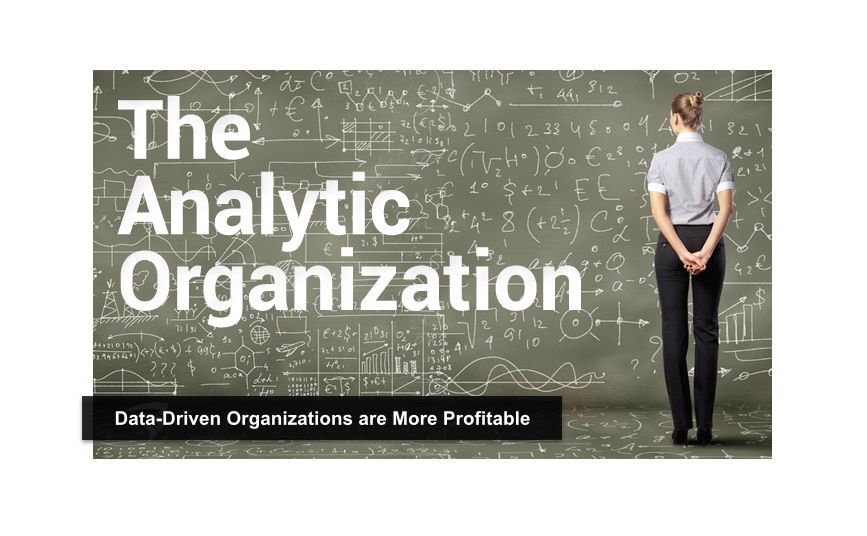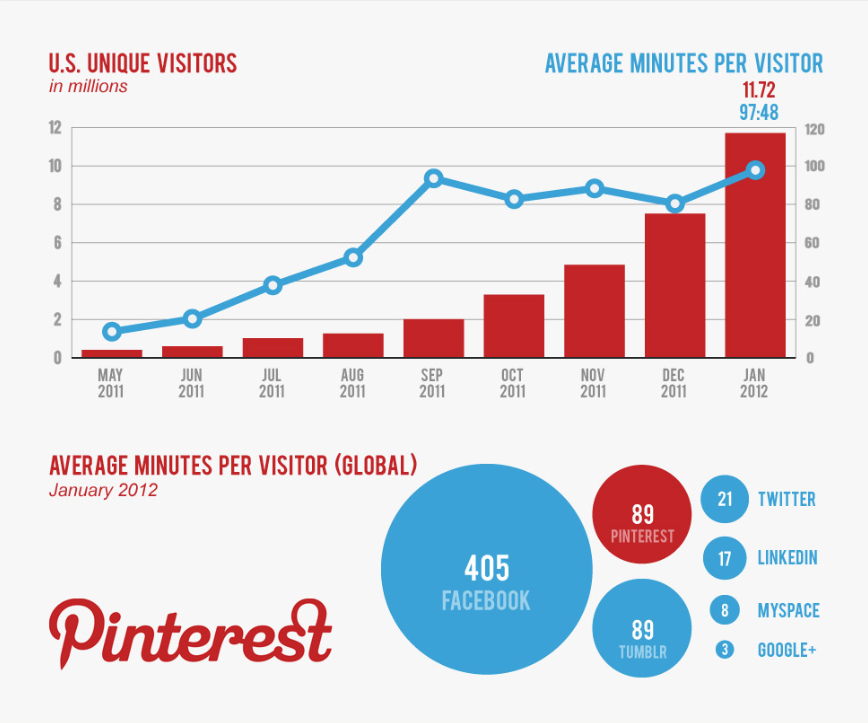Data-driven organizations are more profitable and productive than their competitors.
By Amber Smith, Marist College Intern
Analytics Marketing analytics brings together technologies and strategies that allow marketers to evaluate the success of all business efforts. Marketing performance is measured by analytic tools resulting in the knowledge that is needed to improve ROI and the effectiveness of future marketing campaigns.
A 2014 survey done by Future Buzz reported that just over a third (37%) of digital marketing companies surveyed said they were in need of staff qualified in data and analytics. This shows how valuable an employee can be to a company if they understand data. Understanding data reporting and analysis will also strengthen marketing plans and campaigns leading the company on a path to success.

Data: The Back Bone of Marketing Success In order to understand marketing analytics you must first understand data. Data is what is measured in order to come to a helpful conclusion when using analytic tools and strategies. There are many types of data that can be analyzed to aid in revamping marketing plans; some include mobile data, product data and campaign data.
Measurable data can fall into four categories:
- No/Limited: Little to no time and resources are allotted to the collection and analysis of data. Focus is usually on key performance indicators instead of the big picture.
- Basic: A basic data program is used for feedback on only some aspects of overall marketing efforts (i.e. using Google Analytics to monitor digital marketing efforts, but having no programs to measure any other marketing endeavors)
- Deeper/Controlled: Access to more important data, as well as reporting and analytic tools may only be open to limited staff members. Data at this level may only be declared relevant for certain staff members or at certain times of the fiscal or sales year.
- Democratic: Data efforts are headed by data experts. Reporting and analyzing data is done regularly by qualified staff members. Stakeholders are allowed access to data in order to aid in making successful decisions for the company.
Successful business have democratized data. Democratic data makes sure data is used regularly to back up every business-impacting decision. All businesses must strive for a system of democratized data.
Measuring Data the Right Way Having a clear plan to gather and measure data is the first step in understanding what has and has not been effective for a business. This process begins with creating a plan. Once a plan has been created data can be collected. Data can then be reported and analyzed through bought tools and qualified staff.
Top influencer Neil Patel tells data professionals to measure what matters. He suggests that although page views, bounce rate and followers on social media can be useful information, a deeper look into company data is a must in understanding consumers and audiences. Patel says to examine these metrics:
- Who is coming to your site and what are those people doing once they get there
- What channels are driving buying customers
- Who is converting
- What conversions are deepening relationships with the company
- What conversions are driving revenue
- Who is buying multiple times
- What is your lifetime customer value
- What are your churn rates
Prioritize Data experts at Google break down the data collection and analysis process in a way that makes the tasks most efficient and useful. According to these experts 15% of time allotted for a data plan should be spent collecting data, 20% should be spent on reporting it and 65% should be spent on data analysis. These percentages may seem off to some, but the reasoning behind them is simple; in order to use the data collected to the company’s benefit it must be analyzed to see what implications past efforts will have on future efforts and business growth. In order to minimize the time spent collecting and reporting on data it is suggested that junior staff members aid in the efforts.
Only the most qualified staff members should be analyzing data. When analyzing data consider how this data has affected the business and where to go from that point on. The more an analyzer focuses on the performance indicators within reported data the better the analysis will be. A successful data plan will allow a report on the past, an analysis of the present, and a prediction of the future based on sound evidence.
Use Keywords The most useful marketing performance metric may be keywords. Keyword data is contained within each click and can allow data professionals to see what is attracting current and potential customers to a business. This data can be very helpful in optimizing marketing plans and other business processes in order to increase ROI.
Some types of keywords that can be beneficial to understanding consumers and their needs are:
- Product Design: What features and solutions are consumers looking for?
- Customer Surveys: Infer the priorities of consumers
- Industry Trends: Examine change in keyword frequencies in order to predict trends in consumer behavior
- Customer Support: Understand where customers are having difficulty and where to instate necessary resources
Analytic Tools There are various programs and tools available to data professionals. Entrepreneur recently listed what they see as the most efficient analytic tools currently:
1) Mixapanel measures the effectiveness of a company’s website through tracking user behavior. This program allows companies to see what consumers and potential consumers are doing on both mobile and web throughout their site. It also reports how much time a user spends in any given application.
Mixapanel is especially useful for marketers due to its multifactor analysis which allows professionals to analyze retention rates specific to the marketing campaign that retained them. This can be important to altering or continuing strategies for future marketing campaigns.
2) Kapost is a content marketing analysis program that uses content scoring to review the relationship between a singular marketing tactic to ROI (i.e. the program could allow professionals to see exactly how much revenue a tweet has brought to the business). This will tell data analyzers what tactic is most successful among consumers and audience
3) Marketing Evolution is a tool that should be used at the beginning of data planning. This program aids marketers in creating a data plan that is focused on ROI. Marketing Evolution uses the big data important to a company which, founder Rex Briggs says, “will define the differences between businesses that excel and businesses that choke”.
4) Lattice Engines uses predictive modeling to predict the behavior of future buyers. It analyzes data to show marketers what has been successful in the past allowing them to see patterns in what has brought in revenue (and will probably continue to do so) and what has not.
Wordstream also offers the free AdWords Performance Grader which allows businesses to see where their AdWords campaigns land on the Google and search engine map. It shows both where and how to make changes to an AdWords campaign so it is more visible in search engines to prospective consumers and loyal customers.
To learn more about marketing analytics or market research give us a call at 845.202.7087.
Sources:
Marketing analytics: Success through analysis. Wordstream. Retrieved 8/24/2015 from http://www.wordstream.com/marketing-analytics
Marketing analytics: what it is and why it matters. SAS. Retrieved 8/24/2015 from http://www.sas.com/en_us/insights/marketing/marketing-analytics.html
2014 is the year of marketing analytics: What it means for your business. Forbes. Retrieved 8/24/2015 from http://www.forbes.com/sites/jaysondemers/2014/02/10/2014-is-the-year-of-digital-marketing-analytics-what-it-means-for-your-company/
Measuring what matters. WP Curve. Retrieved 8/24/2015 from http://wpcurve.com/podcast-15-measuring-what-matters-with-neil-patel-from-kiss-metrics/
Analytics= Most desirable skill. Future BuzzRetrieved 8/24/2015 from http://thefuturebuzz.com/2013/12/04/analytics-most-desirable-skill-and-largest-talent-gap-for-2014/
Spencer, J. 4 Marketing Analytics Tools That Are Shaping the Industry. Entrepreneur. Retrieved 8/24/2015 from http://www.entrepreneur.com/article/241534









